GLP-1s and Gut Health: How These Hormones Support Digestion, Metabolism, and Weight Loss
What Are GLP-1s and How Do They Work?
Glucagon-like peptide-1 or GLP-1 is a hormone that is released in your intestines after eating that aids in digestion and absorption. It activates insulin, a hormone that controls the amount of glucose in your blood, as well as blocks glucagon secretion, preventing excess glucose from entering your bloodstream. It can promote slower digestion by slowing gastric emptying and can work with your brain to help control hunger and satiety cues. Your body needs this hormone to help with glucose metabolism.
GLP-1 agonists are gaining popularity quickly due to their promising effects in managing type 2 diabetes as well as promoting weight loss. Recent research has suggested it may also have cardio-protective effects as well as treat kidney disease secondary to diabetes. However, the prominent mention of these pharmaceuticals is their ability to assist individuals seeking to lose weight. Many people tolerate these well and have had success with weight loss, but some individuals have experienced side effects that make it difficult to tolerate. What is lacking in the use of GLP-1s is the importance of a healthy diet and lifestyle to support their impact. With any weight loss or diabetes treatment, it is crucial to remember the importance of diet and lifestyle modifications to promote sustainability and optimize health, as medications should not be relied upon for indefinite periods of time.
Why Fiber Is Essential for Gut Health and GLP-1 Function
Fiber is essential for several reasons related to digestion and absorption, and it is crucial to identify the types of fiber and their functions. Soluble fiber draws water into the digestive tract, forming a gel-like substance. This slows digestion by slowing gastric emptying, and it also helps stabilize blood glucose levels, as well as lower LDL cholesterol (the "bad" kind). It can also help manage constipation and diarrhea. Insoluble fiber is a “bulking” fiber that helps food pass more quickly through the digestive tract. Both are needed for optimal digestion and health.
Fiber also promotes the growth of healthy bacteria within the digestive tract; it acts as a fuel source for the healthy gut microbes and creates short-chain fatty acids that are key to health and the production of the GLP-1 hormone in the body. Therefore, eating foods higher in fiber can help optimize blood glucose levels, reduce overall body fat, and increase satiety, thereby preventing overeating.
How to Naturally Support GLP-1s with Diet and Lifestyle
To increase fiber in your diet, include a fiber-rich food or two at every meal. Sources of fiber include leafy greens, non-starchy vegetables such as peppers, broccoli, cauliflower, carrots, and summer squash. You can also get fiber from consuming whole grains like oats, brown rice, wild rice, amaranth, quinoa, and whole wheat products, or by eating starchy vegetables like winter squash, potatoes, beans, and corn. Fruit is also a good source of fiber. Just be mindful that whole grains and fruit also contain carbohydrates, so while they are excellent food choices, they can still impact your blood sugars, and portion control of these foods is ideal.
If you don’t eat fiber at all, start by increasing slowly. Add one fiber-rich food to each meal and try a new one every few days or once a week. Adding fiber slowly can help with tolerability, as it can be an adjustment for your digestive tract. Sometimes, increasing fiber too high or too fast can lead to discomfort. Once you tolerate a fiber-rich food at your meals, you can increase to 2 servings per meal. In general, it is recommended that women consume 25 grams per day and men consume up to 38 grams per day of fiber for optimal health.
Increasing hydration alongside fiber intake is helpful in promoting bowel regularity and preventing discomfort from constipation that can sometimes occur when the body is not accustomed to the increased fiber content.
By increasing your fiber intake alongside taking a GLP-1 agonist, you can help your body process carbohydrates more efficiently, control blood sugar levels, and promote weight loss and weight maintenance. Diet and lifestyle modifications should be a key component of any medication regimen for managing weight and blood sugar levels. Your body will thank you for the increase in fiber, and it will help you reach your health goals.
Managing Side Effects of GLP-1s with Nutrition
Not all people tolerate GLP-1 medications well, and with any medication comes side effects. A small percentage of people on GLP-1 medications can experience malabsorption or digestive side effects like nausea, vomiting, diarrhea, and constipation. Some individuals are at increased risk of developing pancreatitis, gallbladder issues, and kidney issues. If you have pre-existing conditions that could lead to an increased risk of developing pancreatitis or any other severe side effects, you should talk with your doctor about your options. Major diet and lifestyle modifications can also help minimize side effects. For example, consuming a plant-based, lean protein diet is generally recommended compared to the standard American diet (high-fat, high-sugar diet).
If you are interested in starting a GLP-1 or are currently taking one for weight management or diabetes management, ask your doctor to refer you to a registered dietitian for additional assistance in making lifestyle and diet modifications. Making these additional changes will help you achieve your goals and establish self-sustaining habits that will have a lasting positive impact on your health.
-
Bodnaruc, A. M., Prud’homme, D., Blanchet, R., & Giroux, I. (2016). Nutritional modulation of endogenous glucagon-like peptide-1 secretion: a review. Nutrition & Metabolism, 13(1). https://doi.org/10.1186/s12986-016-0153-3
-
Cleveland Clinic. (2023, July 3). GLP-1 agonists. Cleveland Clinic. https://my.clevelandclinic.org/health/treatments/13901-glp-1-agonists
-
Larson, H. (2021, March 1). Easy ways to boost fiber in your daily diet. Academy of Nutrition and Dietetics: eatright.org. https://www.eatright.org/health/essential-nutrients/carbohydrates/easy-ways-to-boost-fiber-in-your-daily-diet
-
MedlinePlus. (2024, August 12). Soluble vs. insoluble fiber. U.S. National Library of Medicine. https://medlineplus.gov/ency/article/002136.htm


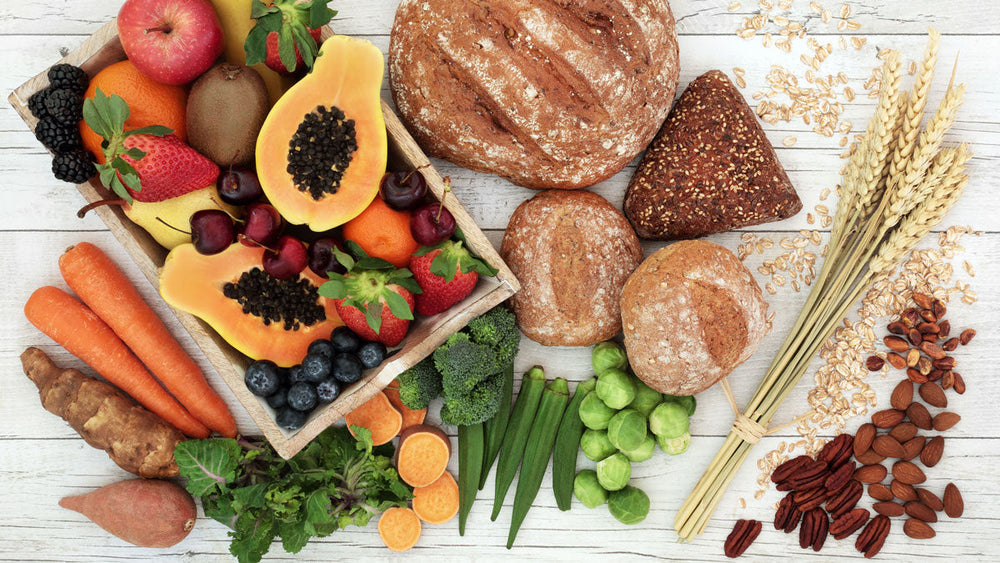
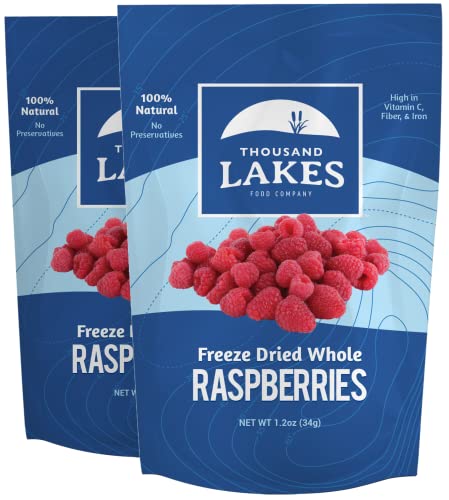




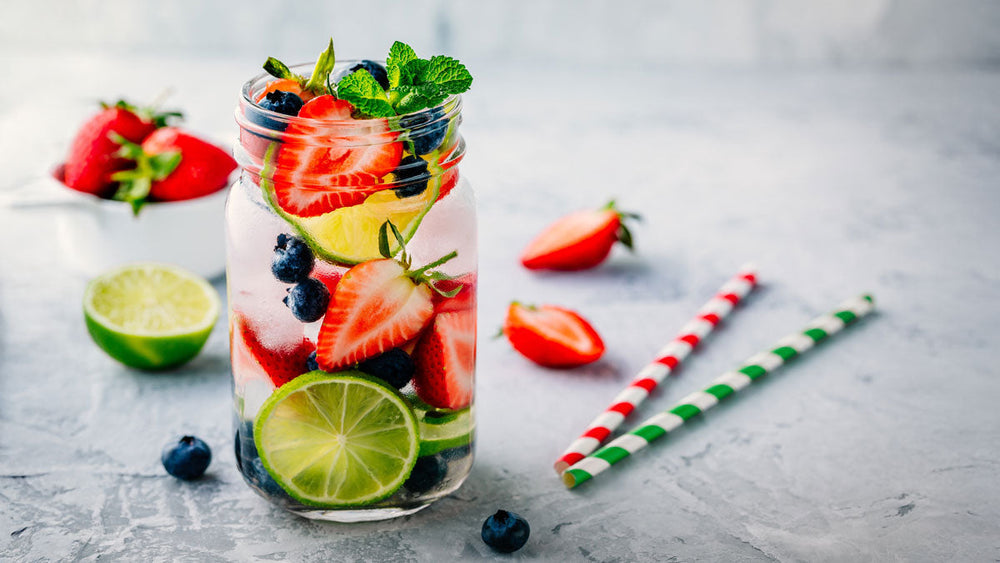



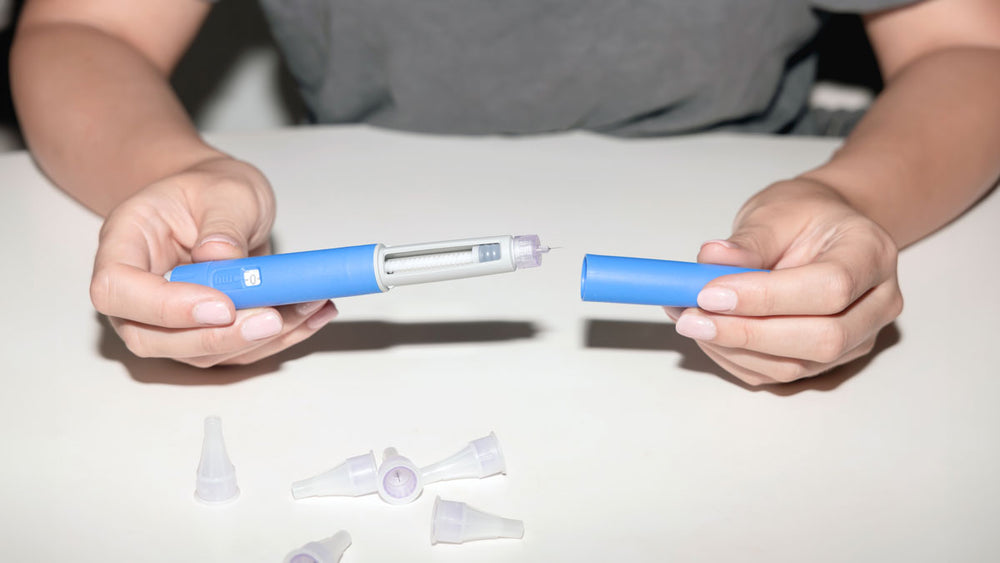
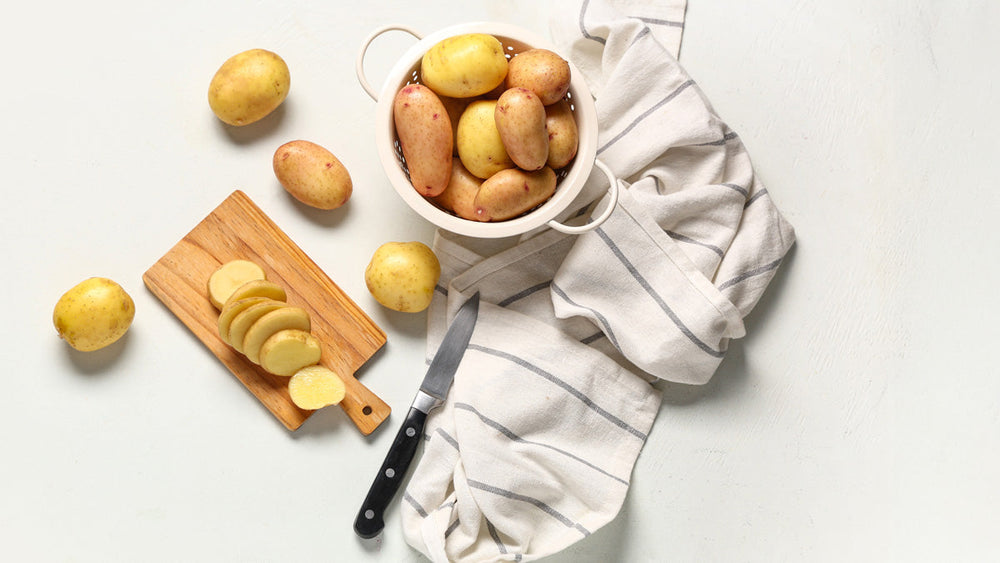

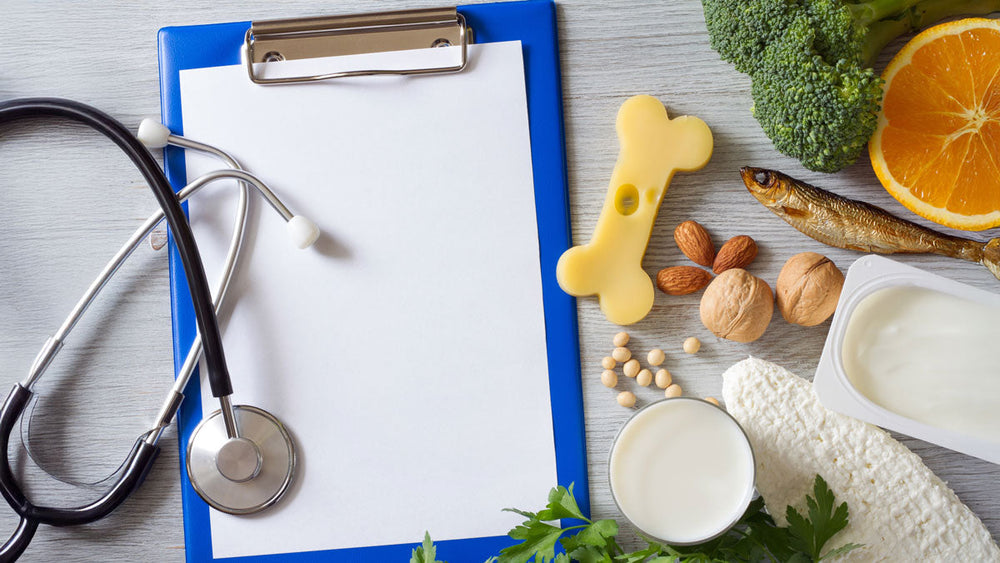

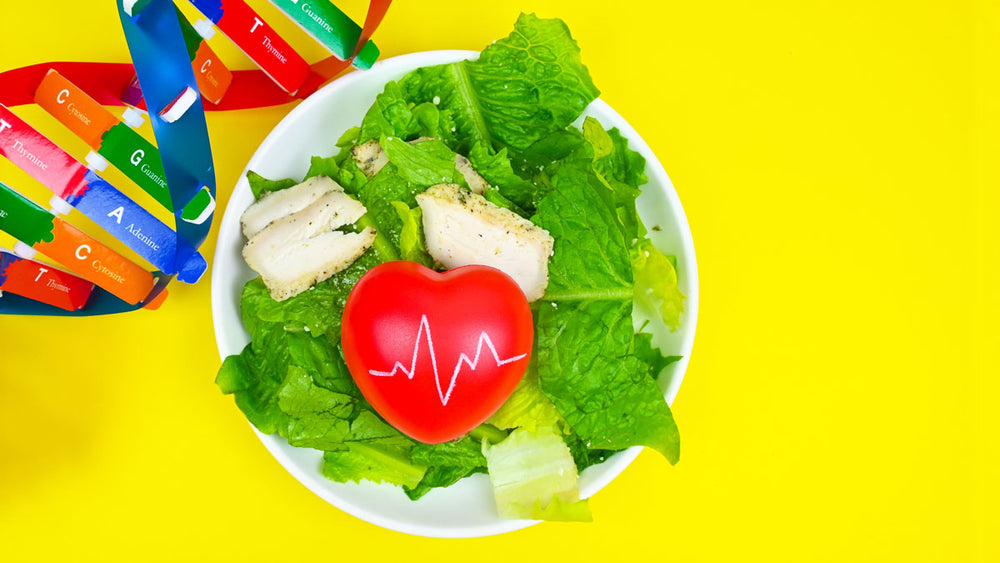

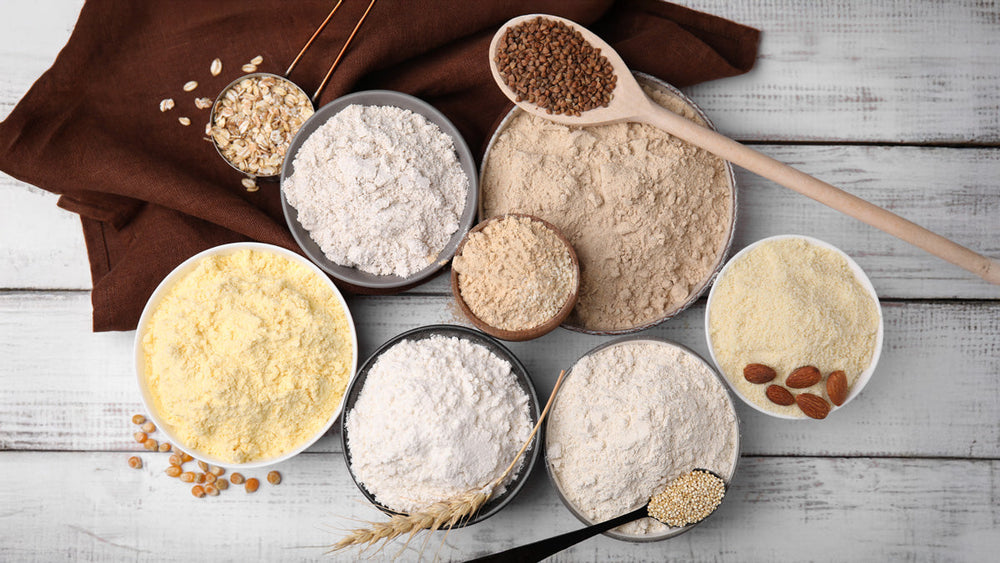


Comments
Join The Conversation...